FiiO FT3 review: superb wired performance
The FiiO FT3 wired headphones are well priced and superb performers

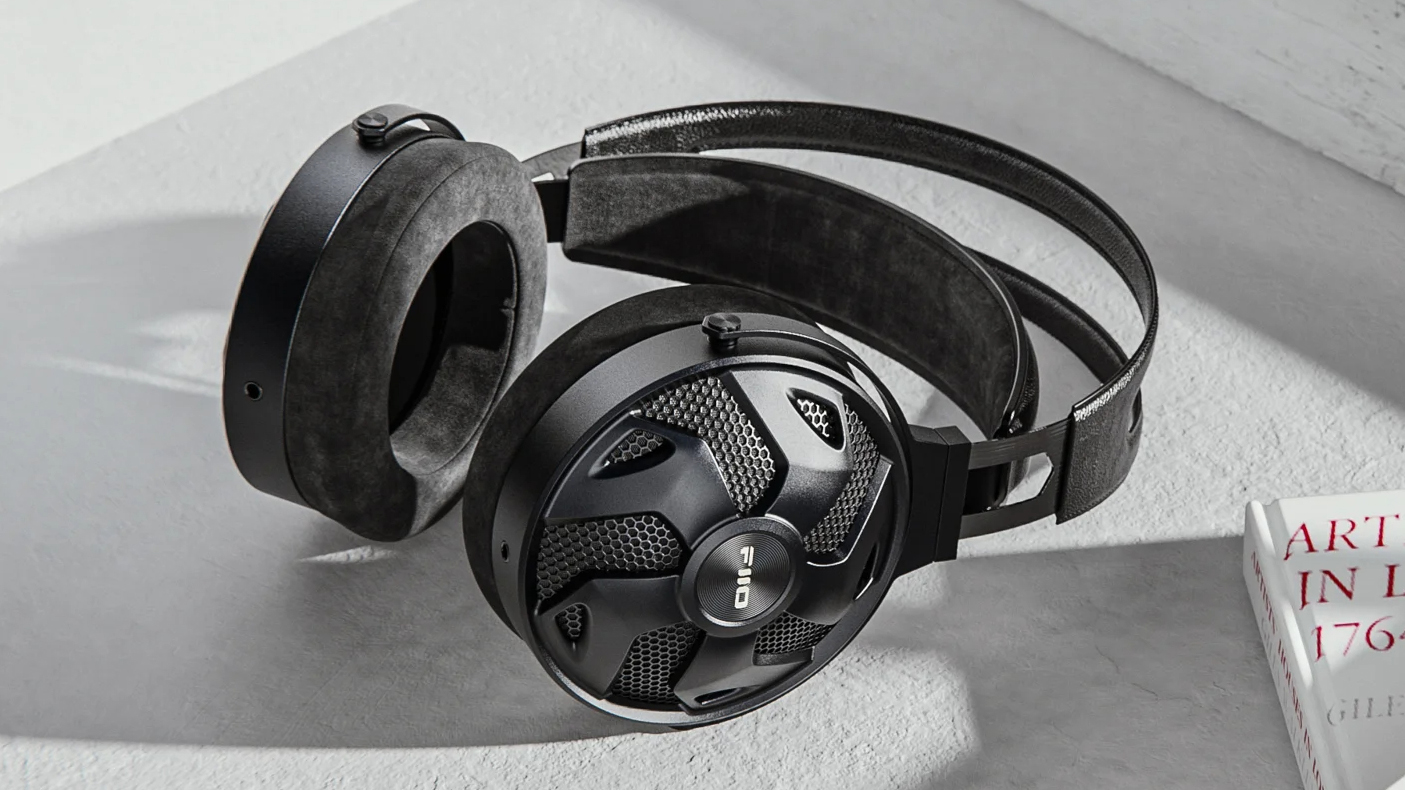
Not for the first time (and hopefully not for the last) FiiO has delivered a product that is specified and constructed to belie its price-point, and performs like a pricer product too. The FT3 are no one’s idea of a zeitgeisty product, but those for whom budget is as important as fidelity will find plenty to enjoy in these wireless headphones.
-
+
Tonally consistent, balanced and quite energetic sound
-
+
Specification, build and finish all impress
-
+
Good connectivity options
-
-
Can sound over-confident through the midrange
-
-
Will make your ears sweat
-
-
Too much cable
Why you can trust T3

There’s ‘unfashionable’, and then there’s ‘hard-wired over-ear headphones’. But in its 15 years or so of existence, FiiO has established itself as an intrepid brand for which very little is off-limits - and so here we are. The FiiO FT3 are a pair of wired over-ear headphones, impressively specified and predictably aggressively priced… but are they any good?
FiiO FT3: Price & Availability
The FiiO FT3 wired over-ear headphones are on sale now, and in the United Kingdom they’re priced at £289. They’re an even more eye-catching $299 in the United States, while in Australia they sell for AU$449.
It’s fair to say there’s not a whole host of competition for a product configured and priced like the FiiO FT3. But the competition that exists is not to be taken lightly… did anyone mention ‘Grado’, for example?
FiiO FT3 review: Features & What's New?
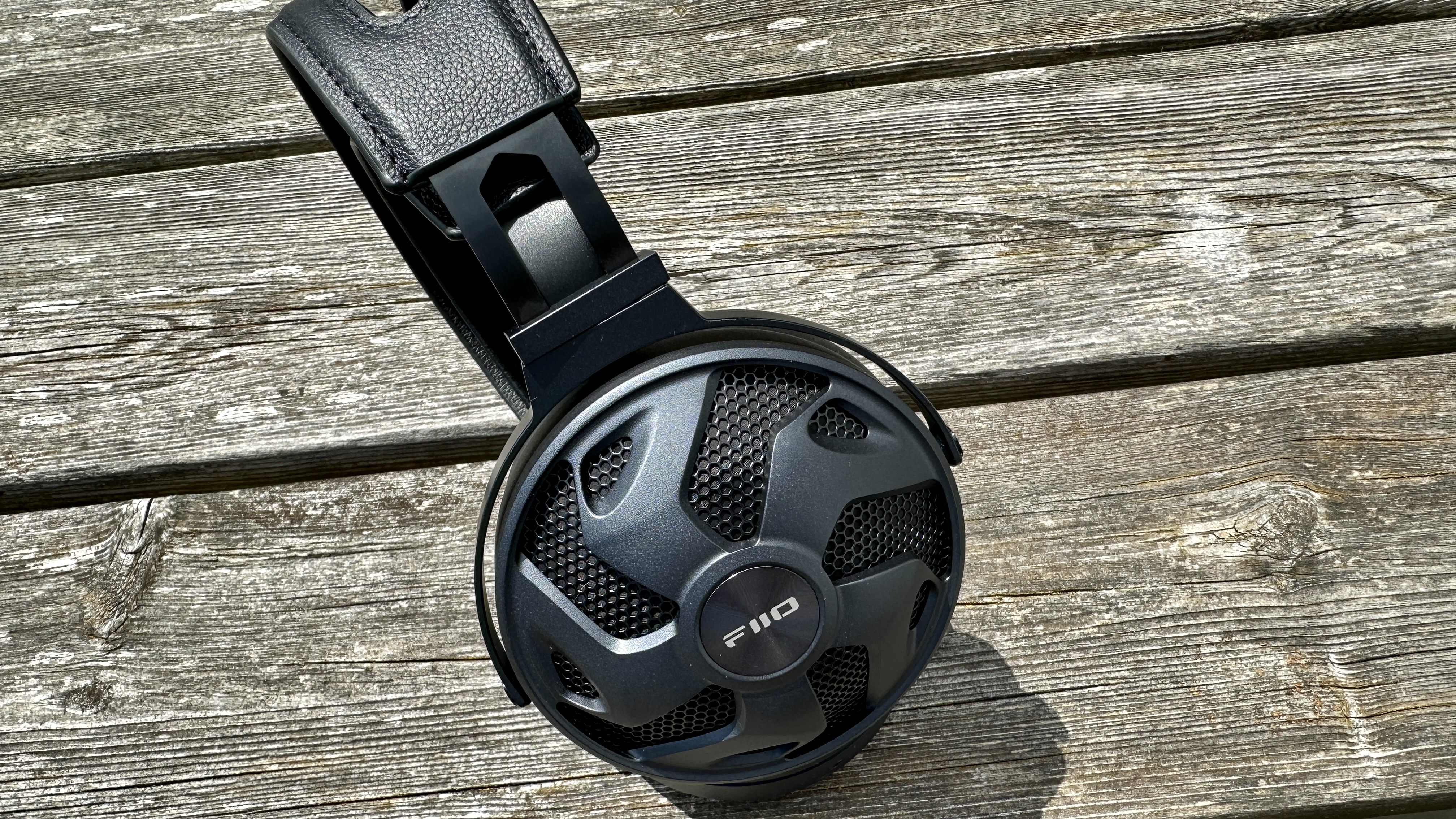
Given the sort of product it is, you won’t be surprised to learn that ‘features’ isn’t an especially long list where the FT3 is concerned. But the features these headphones have are impressive and well worth discussion.
For example, let’s consider the cable with which they attach to your preferred source of music - that source with the actual, physical headphone socket. It’s a product of Japan’s Furukawa - a decade ago, the company perfected a method of annealing monocrystalline copper wire, with the sort of results (purity, impressive conductivity, equally impressive longevity) that lend themselves nicely to high-end audio applications.
And then Furukawa discontinued the cable. But not before FiiO - a company that had no plans for headphones of any kind back in 2013 - decided it should buy $50K’s-worth. If that’s not far-sighted, I don’t know what is. Mind you, given that FiiO has a finite supply of this excellent cable, it seems rather strange that each pair of FT3 is supplied with very nearly three metres of the stuff.
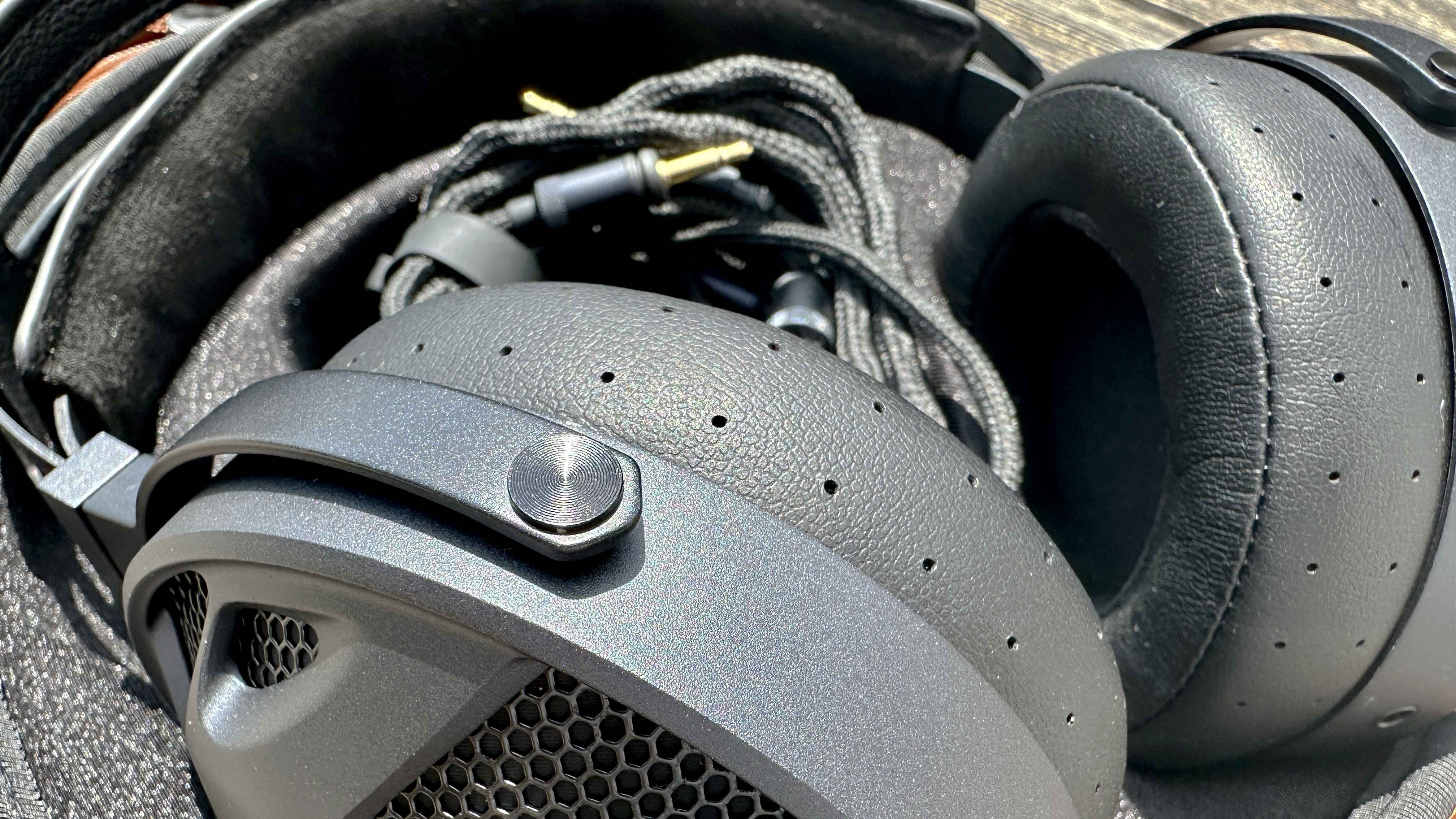
The cable has a couple of 3.5mm terminations at one end, because both earcups need to be wired. At the other end, there are detachable 3.5mm and 4.4mm balanced jacks - and the FT3 are also supplied with a couple of adapters. One is a 6.3mm jack for use with the 3.5mm connection, the other an XLR-4 adapter that fits over the 4.4mm jack. So good luck finding an audio source to which the FiiO won’t connect.
Once your FT3 are connected, sound is served to your ears via a couple of big (60mm) dynamic drivers. Big driver equals extended low-frequency reach, superior power handling and low distortion - that’s the theory, at least. The driver gasket is coated in Beryllium, which gets the nod thanks to its relatively low weight and relatively high stiffness. The diaphragm, meanwhile, is made of diamond-like carbon, which is again strong and light - and also strongly resists break-up while offering optimal frequency response. The driver is backed by an aluminium voice coil clad in ultra-fine copper in an effort to make this big driver as responsive as a smaller version.
One of the effects of this specification is that the FT3 have, at 350ohms, fairly high impedance. This is not a bad thing at all when it comes to an impressive signal-to-noise ratio - but it does mean the headphones require more electrical impetus than is likely to be forthcoming from your average laptop headphone socket…
FiiO FT3 review: Performance

Because of that impedance figure, if you want to hear what the FiiO FT3 are capable of you’ll either need to plug them in to a full-size bit of kit with the necessary ‘oomph’ or, if you’re using a laptop, smartphone or what-have-you, consider one of the best headphone amp/DACs.
But let’s assume you’re powering the FT3 adequately. What can you expect, sound-wise?
What’s most immediately obvious about these FiiO headphones is just how balanced and neutral their tonal signature is. They don’t try to add (or subtract) any heat from a recording, and don’t get carried away with lower frequencies in the name of ‘excitement’ - they simply take your source material and hand it over while sticking their oar in as little as possible.
The bass end of the frequency range is rapid and well-controlled - but it’s punchy and substantial too, which is not an easy combination to achieve. Rhythmic expression is good, thanks to the straight-edged attack the FT3 muster, and there’s decent momentum to recordings for the same reason. The top of the frequency range is similarly animated and enjoys the same sort of pleasing detail levels, but it’s not quite as attacking as the bass end - treble sounds are bright enough, certainly, but they don’t quite bite as brightly as they might. Still, that’s a trait you’ll be glad of if you’re listening at big volumes.
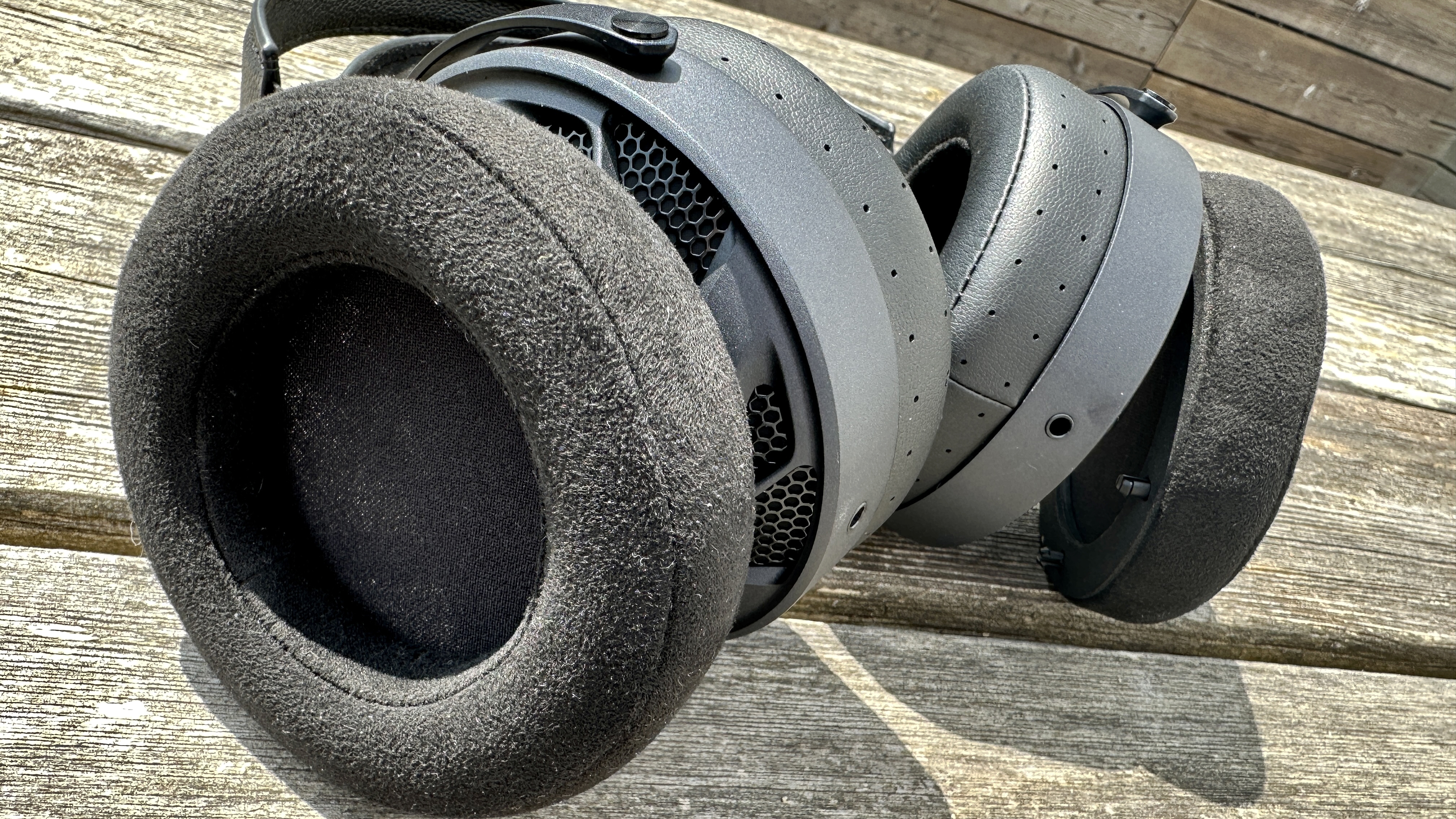
The FT3 push the midrange forward just a little, which is generally not too bad a thing even if it does make the journey from the top of the frequency range to the bottom a little bumpier than it otherwise would be. But it doesn’t stop the soundstage the FiiO create from being convincing: it’s big and properly organised, with plenty of elbow-room for each element of a recording to do its thing. The spaces on the stage are just as obvious as the sounds, and this contributes no end to the impression of fidelity the FT3 create.
Dynamically, too, they prove adept. With the caveat about the amount of power they need borne in mind, the FT3 can shift from ‘very quiet indeed’ to ‘thunderously loud’ without breaking audible sweat and without hanging about as they do so. They’re equally accomplished when it comes to the more minor, but no less significant, harmonic variances that should be (but aren’t always) obvious in voices or solo instruments.
These traits are most audible when using the suede earpads. Switch to the protein leather pair and there’s a slight drop-off in low-frequency body and a little gain in high-end attack - whether one is preferable to the other is a question of taste, but there’s certainly no disputing that the differences are there. It’s also worth noting that the suede earpods will heat your head more quickly, and more completely, than the leather alternatives.
FiiO FT3 review: Design & Usability
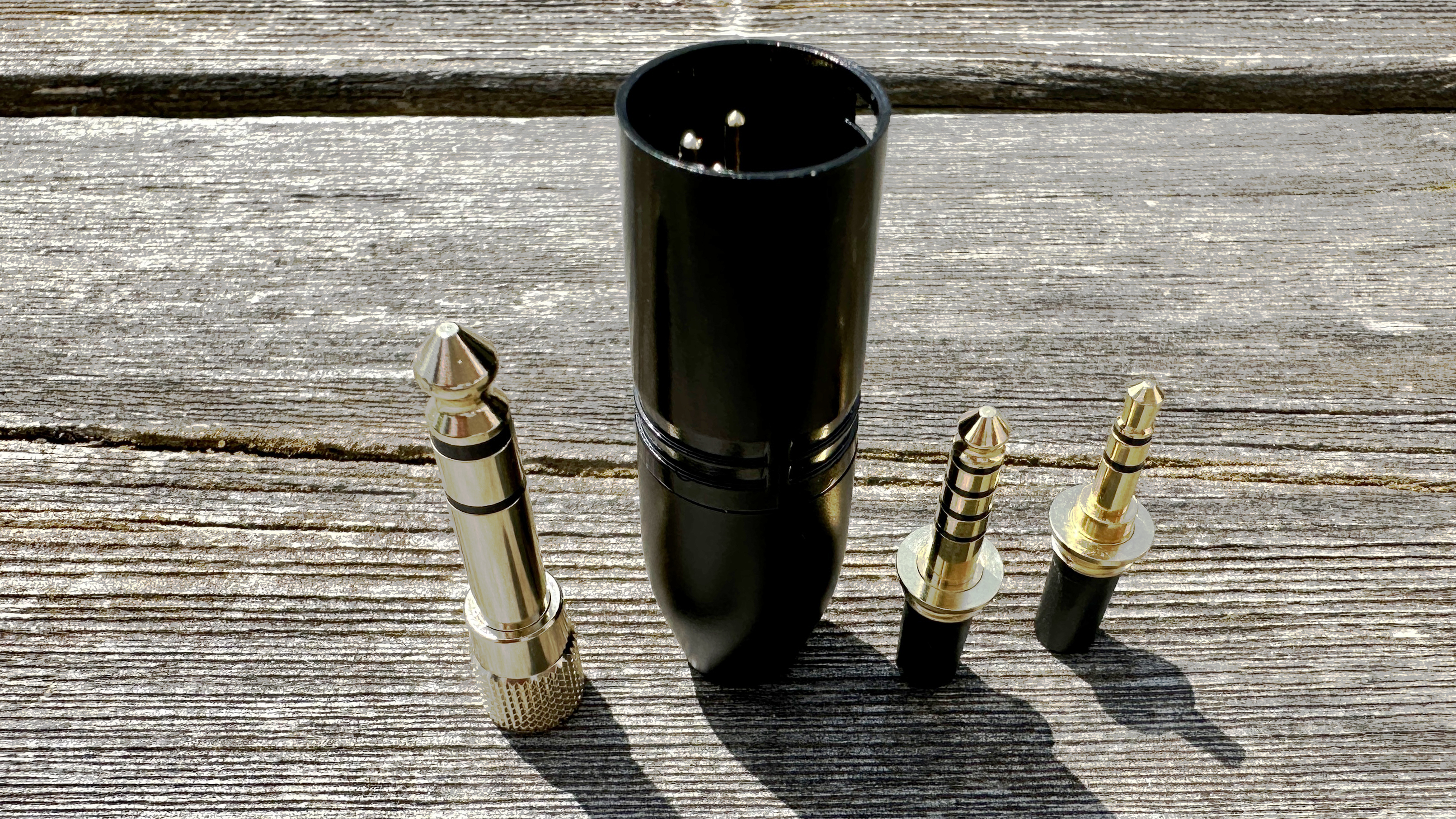
The FiiO FT3 are a pair of over-ear headphones of the old school, and all the better for it. They’re mostly made from aluminium alloy, which means they’re reasonable light, tactile by prevailing standards, and even quite good-looking if you catch them in the right light.
The honeycomb-mesh-behind-stylised-earcup looks good in a slightly showy way, and the earcups themselves move in three directions - not by much in any plane, admittedly, but more than enough to make sure the FT3 are comfortable for any regulation-sized head. The headband is a two-piece arrangement with a covering of protein leather - the inner section adjusts to fit the head, the outer section maintains structural integrity.
There are two pairs of memory-foam earpads in the package - one is covered in protein leather, the other in suede. FiiO reckons there are minor, but definite, sonic differences between the two, so you can decide for yourself which suits you best. No matter which you decide on, though, it doesn’t alter the fact that FiiO has angled the drivers behind those earpads in such a way that they’re parallel to the ear at all times.
FiiO FT3 review: Verdict

Not for the first time (and hopefully not for the last) FiiO has delivered a product that is specified and constructed to belie its price-point, and performs like a pricer product too. The FT3 are no one’s idea of a zeitgeisty product, but those for whom budget is as important as fidelity will find plenty to enjoy in these wireless headphones.
Also consider
You’ll need to add 10% or so to your budget, and you’ll need to accept you’ll look a bit of a sight while wearing them - but if both those things are OK with you, then the SR325x by Grado are among the most sonically rewarding pieces of kit around of any type when judged on a pound-for-pound basis. You’ll have to set your watch back 60 years or so when considering the looks, but no excuses whatsoever need to be made for the sound.
Sign up to the T3 newsletter for smarter living straight to your inbox
Get all the latest news, reviews, deals and buying guides on gorgeous tech, home and active products from the T3 experts
Simon Lucas is a freelance technology journalist and consultant, with particular emphasis on the audio/video aspects of home entertainment. Before embracing the carefree life of the freelancer, he was editor of What Hi-Fi? magazine and website – since then, he's written for titles such as Wired, Metro, the Guardian and Stuff, among many others. Should he find himself with a spare moment, Simon likes nothing more than publishing and then quickly deleting tweets about the state of the nation (in general), the state of Aston Villa (in particular) and the state of his partner's cat.
-
 Build unshakeable core strength with a kettlebell and these three exercises
Build unshakeable core strength with a kettlebell and these three exercisesAdd this to the end of your workout to fire up your midsection muscles
By Bryony Firth-Bernard Published
-
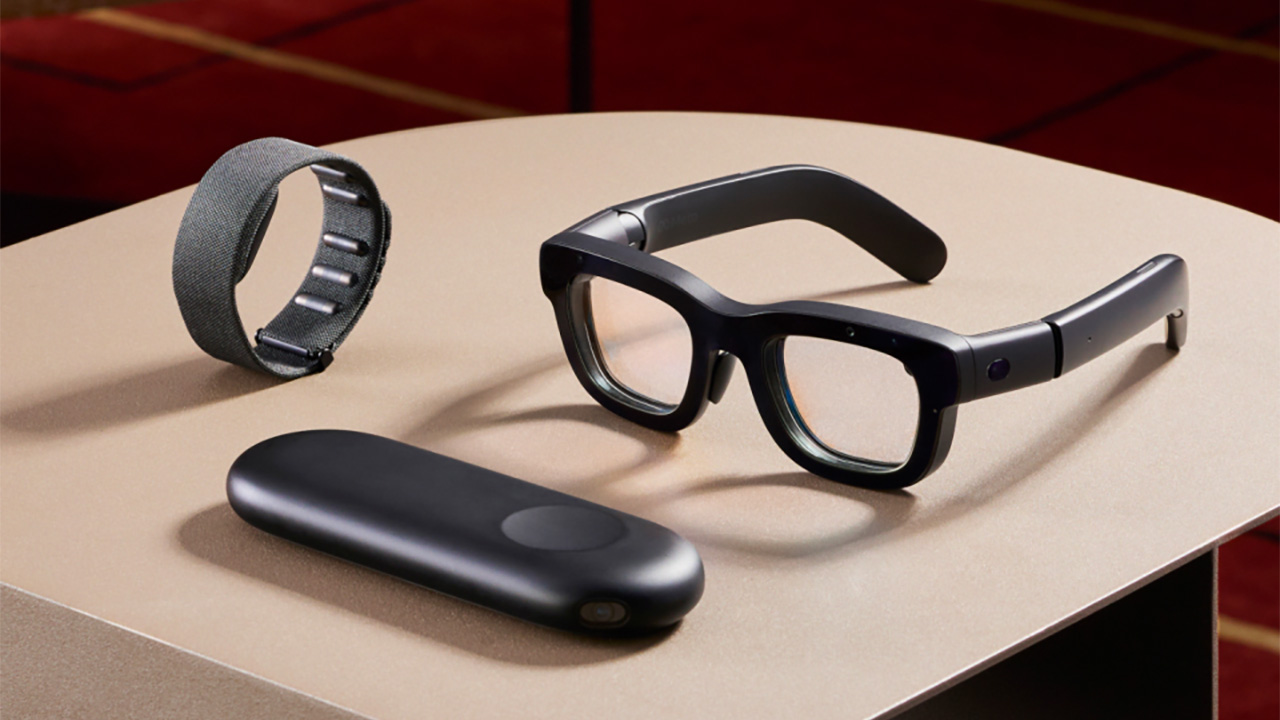 The next big tech battlefield is AR Glasses – and Apple is ready to fight
The next big tech battlefield is AR Glasses – and Apple is ready to fightTim Cook is said to "care about nothing else"
By Sam Cross Published
-
 Android Auto could add a feature that nobody asked for, but might appreciate anyway
Android Auto could add a feature that nobody asked for, but might appreciate anywayThis futuristic addition to Android Auto could change the experience forever
By Chris Hall Published